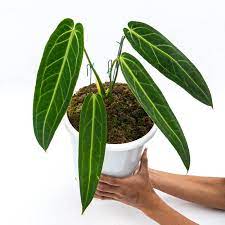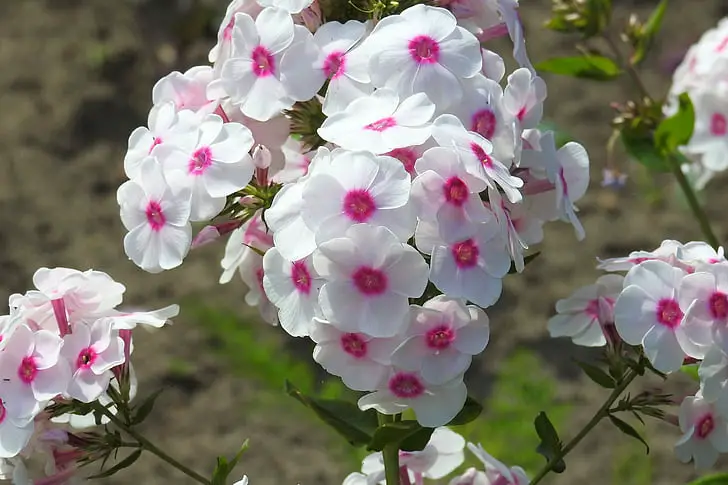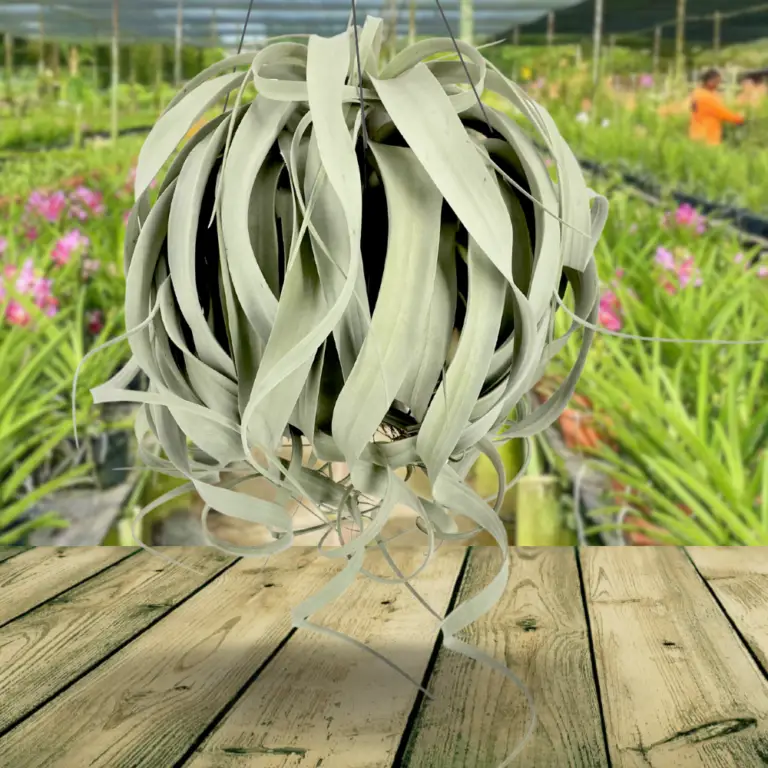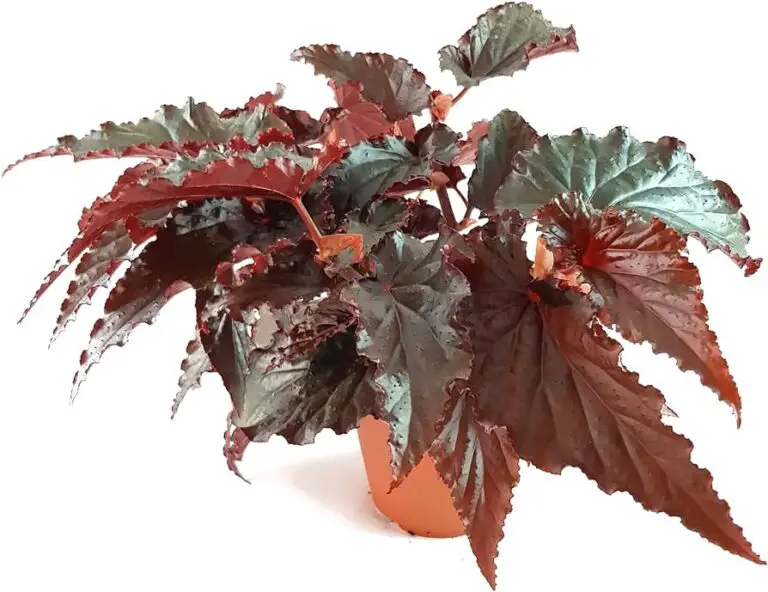Angel wings miniature roses are a popular choice for gardeners of all experience levels. They are relatively easy to care for and produce beautiful blooms all season long. If you are thinking about growing angel wings miniature roses in your garden, here is everything you need to know:

Angel Wings Miniature Roses Overview
| Characteristic | Description |
|---|---|
| Size | 12-24 inches tall |
| Bloom color | White, pink, red, yellow, orange |
| Disease resistance | Generally disease resistant |
| Planting time | Spring or fall |
| Sun requirements | Full sun to partial shade |
| Soil requirements | Well-drained, rich in organic matter |
| Watering requirements | Regular watering, especially during the first year after planting |
| Fertilizer requirements | Fertilize every two weeks during the growing season with a balanced fertilizer |
| Pruning requirements | Prune in the spring to remove dead or diseased wood |
| Mulching requirements | Mulch around the plants with a 2-inch layer of mulch |
| Companion plants | Dwarf roses, perennials, annuals such as lavender, catmint, yarrow, coreopsis, petunias, geraniums, and marigolds |
| Container growing | Can be grown in containers, but select a container that is at least 12 inches deep and has drainage holes in the bottom |
| Additional tips | Deadhead spent blooms, protect from winter damage, dig up and store indoors over the winter in cold climates |
How To Plant, Grow, And Care For Roses
How to Choose Angel Wings, Miniature Roses
When choosing angel wings miniature roses, there are a few things you should keep in mind:
- Size: Angel wings miniature roses come in a variety of sizes, from 12 to 24 inches tall. Choose a size that is appropriate for the space you have available in your garden.
- Color: Angel wings miniature roses are available in a wide range of colors, including white, pink, red, yellow, and orange. Choose a color that you love and that will complement the other plants in your garden.
- Disease resistance: Angel wings miniature roses are generally disease resistant, but it is still important to choose a variety that is known to be resistant to common diseases in your area.
How to Plant Angel Wings, Miniature Roses
Angel wings miniature roses can be planted in the spring or fall. When choosing a planting site, select a spot that receives full sun to partial shade. The soil should be well-drained and rich in organic matter.
To plant angel wings miniature roses, follow these steps:
- Dig a hole that is twice as wide as the root ball of the plant.
- Amend the soil with compost or manure.
- Place the plant in the hole and backfill with soil, tamping it down gently to remove any air pockets.
- Water the plant thoroughly.
Angel Wings Miniature Roses: Propagation Method
Cutting Propagation
The most common method of propagating Angel Wings miniature roses is by cuttings. To do this, simply cut a 4-6 inch stem from a healthy plant. Make sure the cut is made at a 45-degree angle just below a leaf node. Remove any lower leaves from the stem, and then dip the cut end in rooting hormone powder. Plant the stem in a well-draining potting mix, and keep it moist until it roots.
Grafting
Another method of propagating Angel Wings miniature roses is by grafting. To do this, you will need to find a suitable rootstock plant. Rootstock plants are typically stronger and more vigorous than the plants that are being grafted onto them. Once you have found a suitable rootstock plant, you will need to make a cut in the stem. The cut should be deep enough to expose the cambium layer, which is the green tissue that is responsible for transporting water and nutrients throughout the plant.
Next, you will need to cut a scion from the Angel Wings miniature rose plant. The scion is the part of the plant that you want to propagate. Make sure the cut on the scion is also made at a 45-degree angle just below a leaf node. Match up the cambium layers of the rootstock plant and the scion, and then secure them in place with grafting tape.
Air Layering
Air layering is another method of propagating Angel Wings miniature roses. To do this, you will need to make a cut in the stem of the plant. The cut should be deep enough to expose the cambium layer. Wrap the cut in moist peat moss, and then secure it in place with plastic wrap.
After a few weeks, roots should start to form at the cut. Once the roots are well-established, you can cut the stem from the plant and plant it in its own pot.
Angel Wings Miniature Roses Care Tips
Angel wings miniature roses are relatively easy to care for, but there are a few things you need to do to keep them healthy and blooming:
- Water: Angel wings miniature roses need regular watering, especially during the first year after planting. Water the plants deeply once a week, or more often if the weather is hot and dry.
- Fertilizer: Angel wings miniature roses benefit from regular fertilization. Fertilize the plants every two weeks during the growing season with a balanced fertilizer.
- Pruning: Angel wings miniature roses should be pruned in the spring to remove dead or diseased wood. You can also prune the plants to shape them or to encourage new growth.
- Mulch: Mulching around angel wings miniature roses will help to retain moisture and suppress weeds. Apply a 2-inch layer of mulch around the plants, being careful not to pile the mulch against the stems.
Angel Wings Miniature Roses Diseases and Pests
Angel wings miniature roses are generally resistant to diseases and pests, but there are a few problems that can occur. Some common diseases of angel wings miniature roses include black spot, powdery mildew, and rust. Some common pests of angel wings miniature roses include aphids, spider mites, and scale.
If you see any signs of disease or pests on your angel wings miniature roses, treat the problem immediately. There are a number of different products available to treat diseases and pests of roses. You can also use natural methods, such as insecticidal soap or neem oil.
Angel Wings Miniature Roses Companion Plants
Angel wings miniature roses look great when planted with other dwarf roses, perennials, and annuals. Some good companion plants for angel wings miniature roses include:
- Perennials: Lavender, catmint, yarrow, and coreopsis
- Annuals: Petunias, geraniums, and marigolds
Angel Wings Miniature Roses in Containers
Angel wings miniature roses can also be grown in containers. When choosing a container, select one that is at least 12 inches deep and has drainage holes in the bottom. Fill the container with a well-draining potting mix and plant the rose according to the instructions above.
Water angel wings miniature roses in containers regularly, especially during the first year after planting. Fertilize the plants every two weeks during the growing season with a balanced fertilizer.
Conclusion
Angel wings miniature roses are a beautiful and easy-to-care-for addition to any garden. With a little care and attention, you can enjoy their blooms all season long.
FAQs
How long do mini roses last?
Mini roses typically bloom for 2-3 weeks at a time. However, some varieties may bloom for longer or shorter periods of time. With proper care, your mini roses may rebloom multiple times throughout the growing season.
Do mini roses like sun or shade?
Mini roses prefer full sun to partial shade. They need at least 6-8 hours of sunlight per day to bloom their best. However, too much direct sunlight can cause the blooms to scorch, especially in hot climates. If you live in a hot climate, it is best to plant your mini roses in a spot where they will receive some shade during the hottest part of the day.
Are miniature roses indoor or outdoor?
Mini roses can be grown both indoors and outdoors. However, they are best suited for outdoor growing. If you do choose to grow mini roses indoors, be sure to place them in a sunny spot near a south-facing window. You will also need to water and fertilize them regularly.
What are the most fragrant miniature roses?
Some of the most fragrant miniature roses include:
- Sweet Chariot: This variety has a strong, sweet fragrance.
- Fragrant Clouds: This variety has a sweet, citrusy fragrance.
- Baby Love: This variety has a delicate, rose fragrance.
- Perfume Delight: This variety has a strong, fruity fragrance.
- Lavender Jewel: This variety has a strong, lavender fragrance.
When choosing a fragrant miniature rose, be sure to smell the blooms before you buy them. This will ensure that you choose a variety with a fragrance that you enjoy.








I don’t think the title of your article matches the content lol. Just kidding, mainly because I had some doubts after reading the article.